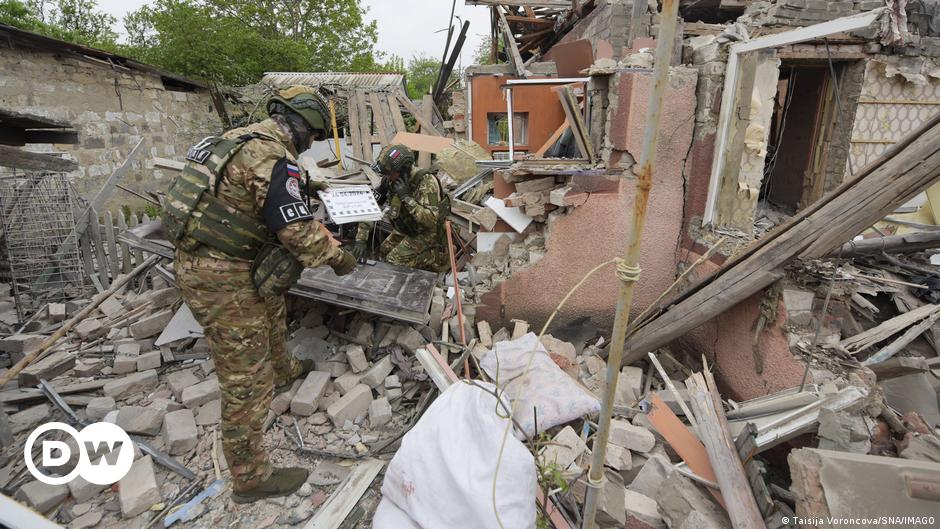Cuban flag: Relentless against hereditary staggering ‘Cuba’ Granma

The study of hereditary ataxia, as well as the perpetual search for a cure, constitutes a primary goal of Cuban science, which has taken up the challenge of dedicating itself to this field.
This was confirmed by Dr. Luis C. Velasquez Perez, current president of the Cuban Academy of Sciences, a real authority regarding studies of these degenerative diseases of the nervous system.
In an interview with Cubadebate, the expert noted that the ataxia has a progressive and disabling course. He added that there are about 50 types that have been identified by science, but it is the second type of spinal cerebellar ataxia, the country with the largest number of patients and grandchildren at risk of the disease in the world.
According to the scientist, the average age of onset of symptoms is more than 30 years, although this does not mean that it cannot affect young people.
This condition is “characterized by disturbances in coordination, balance, gait, and language that worsen over time,” Velasquez-Perez noted. He noted that the progressive character specifies that these people end up bedridden or in wheelchairs, and that in many cases they die as victims of intercurrent diseases such as bronchopneumonia.
However, the professor emphasized that Cuba has global leadership and is a benchmark due to the expertise of its researchers.
Some of the data provided by the expert allow us to clarify the prevalence and incidence of spinocerebellar ataxia type 2 in the country, which today affects about 200 families. He noted in this regard that while the prevalence in the world is 3 to 5 cases per 100,000 inhabitants, in Cuba the figure is higher than 30. Specifically, Holguín has the largest number of cases.
“In response to this health problem, Cuba has established a Center for Research and Rehabilitation for Hereditary Ataxia, CIRAH, of which I have had the honor to be the founder and director of for more than 20 years,” Velasquez Perez told Cubadebat.
He also said that CIRAH is an institution that in its history has received about 50 national awards, among them: mainly the Cuban Academy of Sciences and the annual National Health Prize; It is the center that placed Cuba in terms of scientific production in ataxia (specifically Spinocerebellar ataxia type 2) second in the world, and only some European countries surpassed it.
Another achievement of those working on the disease is the Cuban Network for the Study of Hereditary Ataxia. Its presence has made it possible to conduct important studies regarding the impact of COVID-19 on patients during the pandemic.
Ataxia is a disease today without a curative treatment, so science is not grounded in this goal. However, patients are treated with rehabilitation, physical therapy, and other physical exercises that can be very helpful.

“Award-winning zombie scholar. Music practitioner. Food expert. Troublemaker.”


/cloudfront-eu-central-1.images.arcpublishing.com/prisa/AHVYMMDSTZDTDBFNZ3LMFUOKNE.jpg)








